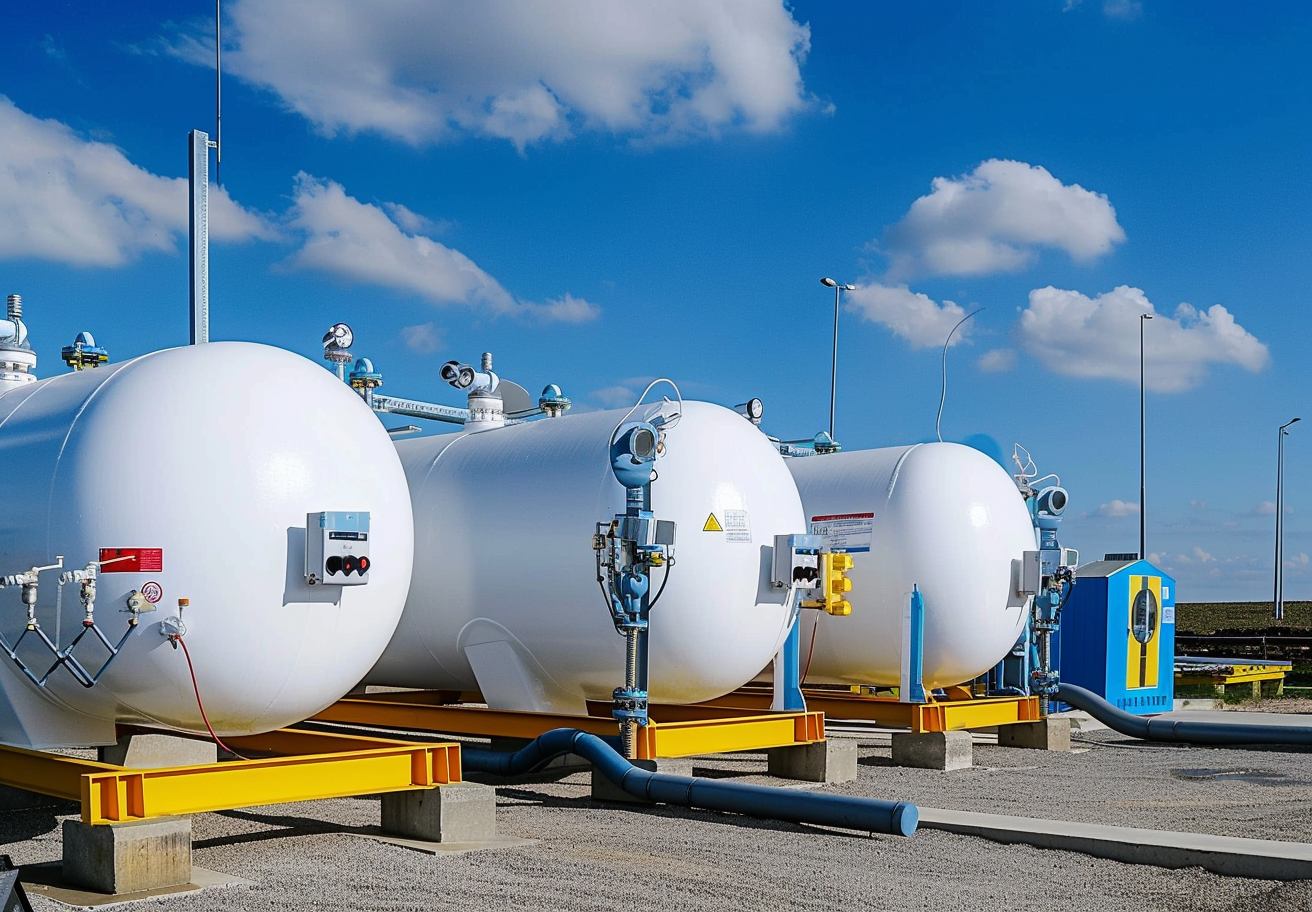
Gadolinium Oxide (Gd2O3) is a rare earth oxide that has garnered significant interest across diverse industries owing to its exceptional properties. Among its primary applications is the production of alloys, which find application in a wide array of sectors encompassing aerospace, automotive, defense, energy, and electronics. This article provides an in-depth exploration of the various uses and advantages of Gd2O3 in these industries, shedding light on its ever-increasing significance in shaping the future of technology and industrial advancements.
Gadolinia has a high melting point of 2,420 °C, which makes the alloy more thermally stable and able to work at higher temperatures. Additionally, gadolinia has a high density of 7.41 g/cm3 and is extremely corrosion resistant, making it ideal for producing high-strength alloys that can withstand harsh environments.
As a solid solution, gadolinium oxide can change the crystal lattice of the alloy, thereby increasing its microhardness, tensile strength, and elastic modulus. Gadolinium oxide can also improve the alloy's fatigue life, which is critical in aerospace and automotive applications.
Steady Rate: The process of adding gadolinium oxide to the alloy is straightforward, but care is still needed to add at a controlled rate to ensure an even distribution of particles throughout the alloy for best results.
Material Quality: The quality and purity of the gadolinium oxide added in the alloy forging also need to be guaranteed to avoid any impurities that may affect the final product.
Amount Added: The amount of Gd2O3 added to the alloy varies depending on the specific application and desired properties. In general, the amount of Gd2O3 added is 0.1% to 1.0% (by weight). The optimum amount depends on factors such as the type of alloy being produced, the intended application, and the desired mechanical, magnetic, or thermal properties.
An important application of gadolinium oxide is its role as a grain refiner. When added to an alloy, gadolinium oxide acts as a nucleating agent and promotes the formation of fine grains in the metal matrix. This leads to improved mechanical properties such as higher ductility, toughness, and fatigue resistance. Additionally, gadolinium oxide can help to prevent the formation of harmful phases or particles in the alloy that may cause structural defects or failure.
In the aerospace and defense industries, the demand for high-strength alloys that can endure extreme conditions is constantly increasing. Gadolinium oxide finds extensive use in these industries due to its unique properties. For instance, it is added to titanium and aluminum alloys to improve mechanical properties, such as strength, while maintaining their lightweight characteristics.

Moreover, gadolinium oxide enhances the resistance of alloys to high-temperature oxidation and corrosion, which is essential for materials used in jet engines and gas turbines. It is also used as a burn-in suppressor for tungsten filaments in aircraft lighting systems. Additionally, gadolinium oxide is employed in radiation shielding applications for space exploration vehicles.
The energy and electronics industries benefit from the use of gadolinium oxide in various ways. Gadolinium oxide finds applications as a component in phosphors used in fluorescent lamps and television screens. It is also used as a gate dielectric in metal-oxide-semiconductor field-effect transistors (MOSFETs) and as a buffer layer in thin-film solar cells.
Gadolinium oxide is also a critical component in solid-state lighting technologies, such as light-emitting diodes (LEDs). LEDs have revolutionized the lighting industry, providing long-lasting, energy-efficient, and environmentally friendly lighting solutions. Gadolinium oxide is used as a phosphor host material in LEDs, contributing to their high brightness, color rendering, and thermal stability.
In conclusion, gadolinium oxide is a valuable compound in metallurgy and alloy production, finding applications in various industries. By adding gadolinium oxide to alloys, manufacturers can improve their mechanical and physical properties, as well as prevent the formation of harmful phases or particles in the alloy. The aerospace, defense, energy, and electronics industries, in particular, benefit from the use of gadolinium oxide in their products and processes. As such, the demand for this compound is projected to increase in the coming years.
For more information about rare earth materials, please visit our homepage.
Eric Loewen
Eric Loewen graduated from the University of Illinois studying applied chemistry. His educational background gives him a broad base from which to approach many topics. He has been working with topics about advanced materials for over 5 years at Stanford Materials Corporation (SMC). His main purpose in writing these articles is to provide a free, yet quality resource for readers. He welcomes feedback on typos, errors, or differences in opinion that readers come across.

 Inquiry List
Inquiry List

